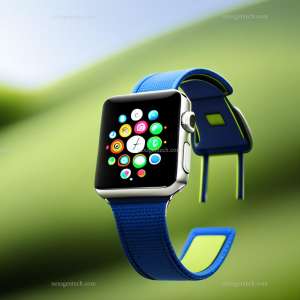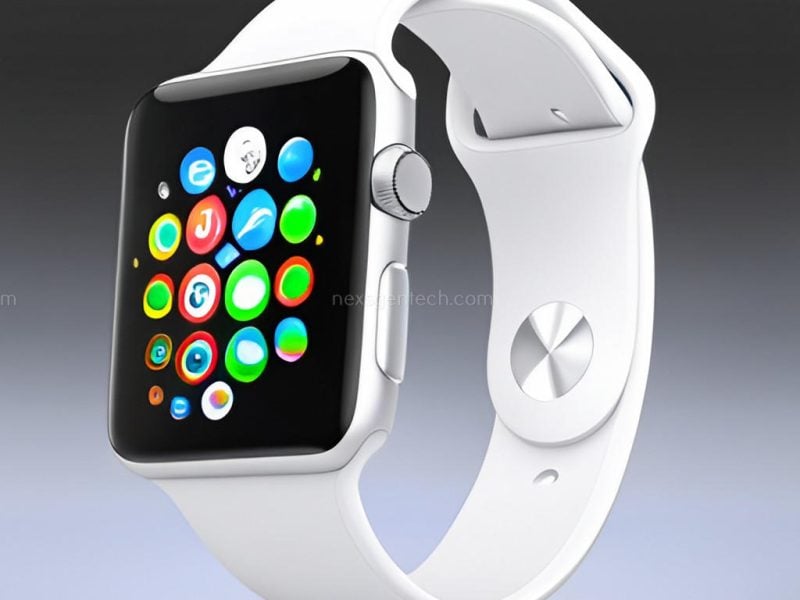Apple Watch is not just a smartwatch; it’s an integral part of many users’ lives. From tracking daily activity to offering essential notifications at a glance, the compact device packs quite a punch. However, even this marvel of technology can sometimes falter, leading to the need to perform a reset. Whether you’re tackling a minor bug or starting fresh after a major issue, knowing how to reset your Apple Watch is an important skill for all users.
In this detailed guide, we’ll break down everything you need to know about resetting your Apple Watch. We’ll discuss the different types of resets, when to use each, and how to ensure a smooth and successful reset process. By the end of the post, you’ll have a newfound confidence in managing your Apple Watch’s health with the reset options available to you.
Understanding the Need for Resetting
Before we jump into the how-to portion, it’s essential to grasp why you might need to reset your Apple Watch in the first place.
Why Reset Apple Watch?
There are several reasons why an Apple Watch may require a reset. Maybe your watch is running slower than usual, exhibiting unusual behavior, or not responding to your commands. A reset can be the solution to a variety of problems, from a malfunctioning app to underlying system issues.
Common Issues Resolved by Reset
Some of the most commonly observed issues resolved by a reset include:
- Syncing problems with your iPhone
- Unresponsiveness from Apps or the Apple Watch interface
- Battery draining unusually fast
- Stuck on Apple logo or “red eye” (when Watch is low on power)
- General sluggish performance
- Software glitches that mere troubleshooting cannot fix
Next up, we’ll explore the two fundamental methods for resetting an Apple Watch: the soft reset and the hard reset.

Methods for Resetting an Apple Watch
Knowing how to properly reset your Apple Watch can be the difference between a frustrating experience and a smoothly running device.
Apple Watch Soft Reset: The Quick Fix
A soft reset is the equivalent of a restart. It’s a quick procedure and is often the first step in resolving common issues.
When to Use a Soft Reset
You should consider performing a soft reset if your Apple Watch is lagging, an app is unresponsive, or there is a minor system freeze. It’s a good initial troubleshooting step.
Performing a Soft Reset on Apple Watch:
- Press and hold the Side Button: It’s the button where you’d find the “Friends” feature. Hold it until the Power Off slider appears.
- Sliding to Power Off: Once the slider appears, swipe the “Power Off” slider to the right, turning off your watch.
- Power Back On: To turn your watch back on, press and hold the Side Button again until you see the Apple logo.
The soft reset won’t erase your data or settings, making it a low-risk procedure that you can try anytime you feel your Apple Watch needs a refresh.
Apple Watch Hard Reset: The Full Reboot
A hard reset is more thorough and is used when you need to fully power off your Apple Watch, including stopping all ongoing processes and background apps.
When to Consider a Hard Reset
If your watch is persistently unresponsive, freezing at the Apple logo, or seems to have more severe issues, a hard reset may be necessary.
Performing a Hard Reset:
- Go to Settings: Tap on the “Settings” app on your Apple Watch.
- Scroll to General: Select “General”, it’s the grey icon with a gear inside.
- Select Reset: Scroll to the bottom and tap “Reset”.
- Erase All Content and Settings: This will reset your Apple Watch to its factory settings, erasing all data and content.
After the hard reset, you’ll be guided through the setup process as if you were unboxing your Apple Watch for the first time. This is why we emphasize that this method is a last resort and should only be performed when a soft reset does not resolve the issue.
Precautions before a Hard Reset
Before you proceed with a hard reset, ensure that you have a backup of any vital data from your Apple Watch. This is especially important for health data, which can be backed up using the Health app on your iPhone.
Tips for a Successful Reset
Once you’ve familiarized yourself with the different reset methods, it’s time to consider best practices to ensure a successful reset process.
Backup and Restore Options
If you’re planning a hard reset, backing up your Apple Watch can save you from losing essential data.
How to Backup an Apple Watch:
- Open the Watch App: On your iPhone, open the Watch app.
- Go to My Watch Tab: Tap on the “My Watch” tab at the bottom of the screen.
- Tap Apple Watch: Under the My Watch scenario, find your Apple Watch and tap on it.
- General > Reset > Erase Apple Watch Content and Settings: Before going through the motions, it’s best to retrieve a backup.
- Erase All Content and Settings: This would initiate the backup process.
When resetting or unpairing your Apple Watch, you can then restore from the most recent backup to get your data back.
Troubleshooting Post-Reset Issues
Sometimes, issues can persist even after a reset. This could be due to corrupted backups, problematic apps, or deeper hardware problems.
Troubleshooting Essential Post-Reset Steps:
- Ensure you have a stable internet connection during the restore process.
- After setting up, update your Apple Watch to the latest version of watchOS.
- If specific apps are causing problems, consider deleting and re-downloading them after the reset.
- If problems persist, contact Apple Support for further assistance.
Conclusion
Understanding and being comfortable with the process of resetting your Apple Watch is a crucial part of maintaining a smooth and efficient device. By following the steps and tips detailed in this guide, you not only will become adept at troubleshooting common issues but also can explore the full extent of what your Apple Watch can offer.
Remember, a reset is a powerful tool but should be used judiciously. It’s always a good idea to explore other troubleshooting options first, such as updating your software, closing apps, or even unpairing and re-pairing your watch with your iPhone.
In the end, technology should be an aid, not a hurdle. With the knowledge you’ve gained here, you’re now better equipped to ensure that your Apple Watch remains an indispensable part of your daily routine.





